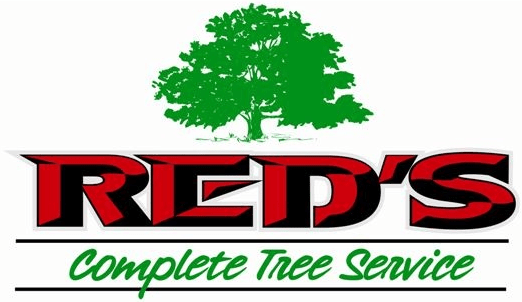Deep Root Fertilization Experts in Memphis
When it comes to fertilizing trees and shrubs, deep root fertilization is the preferred and most effective method. Through this process, we pressure-inject a liquid, time-release fertilizer into the root zone of a tree or shrub using a grid pattern. This allows fertilizer to spread more evenly, providing better resistance to disease, insect attack, and drought.
Deep root fertilization can also help aerate the soil by opening up air pockets and providing much-needed oxygen to root systems that may be struggling with soil compaction.
Fertilizer Components
Like all living things, trees need a balanced blend of nutrients to survive and thrive. This includes nitrogen, phosphorus, calcium, magnesium, sulfur, and potassium, to name just a few. There are times when tree roots will have to compete with other roots for their fair share of nutrients in the soul. For example, if you have trees planted in your lawn, the fibrous grassroots will be competing with the tree roots for nutrients.
Deep root fertilization eliminates this competition by injecting the liquid fertilizer directly into the root zone area of a specific tree or shrub for maximum efficiency and benefits. The slow-release action is also gentle on delicate feeding roots. The process of deep root fertilization promotes healthy, luxurious foliage that will add beauty and value to your property.
Why Do Some Trees Need Fertilization?
Trees that grow in residential or more urban areas can experience stress for a number of reasons, including:
- a lack of moisture
- damage sustained
- Disease
- insect invasion
- soil compaction
- nearby construction
- competition from nearby grass or other vegetation
- poor air quality
For the best results, a tree should be fertilized right after being trimmed. This will speed up the healing process of the cut places. Newly planted trees should be fertilized immediately, and then fertilized again every 3–5 years. Our experienced team can tell you when and what kind of nutrients your tree or shrub will need in order to flourish.
Signs Your Tree or Shrub May Benefit from Deep Root Fertilization
There are a few reliable signs that you can look out for when trying to determine if deep root fertilization would be helpful to your trees or shrubs. For example, if you have new shoots on a tree that grow six inches or more in a year, this is a sign it is thriving and probably doesn’t need any extra fertilization. If that growth is between two and six inches, however, some fertilization is indicated, and growth that is two inches or less will need fertilization for optimum tree health.
Foliage color can be another indicator of health when it comes to the trees and shrubs on your property. Leaves that are yellow or “off-color” outside of autumn may indicate a lack of nutrients in the soil. Similarly, if you find the leaves on a tree or shrub are growing smaller and smaller every year, it can be an indication that it is starving for nutrients. Tree diseases, insects, and dying or broken limbs are other indications that a tree is in dire need of direct nutrients.
The Timing of Deep Root Fertilization
Professionals prefer to initiate deep root fertilization in either the spring or fall, with March-April and October-November the ideal months for it. Fertilizing in the fall gives soil the chance to soak up all the nutrients and prepare for absorption when the roots awaken in the spring.
Roots continue growing and feeding long after the leaves have fallen off trees, even well into the winter months. They will awaken and begin the cycle again as early as April of the following year.
Deep Root Fertilization in Memphis
Although some homeowners attempt deep root fertilization on their own, we do not recommend this. A professional tree service such as ours possess special equipment to accomplish precise application of the fertilizer, including the holding tank, a hose, and an injector that is capable of injecting the fertilizer to the required depth. This allows us to not only apply the fertilizer directly to the tree roots, but it also aerates the soil and supplies the roots with oxygen.
The area to be fertilized should be just inside and just outside of the canopy circle, also known as the drip line. We will make several injections around the canopy circle in order to ensure the fertilizer reaches all the root areas. This process adds vital nutrients back into the soil for trees and shrubs to absorb, promoting optimal health and vigor.
